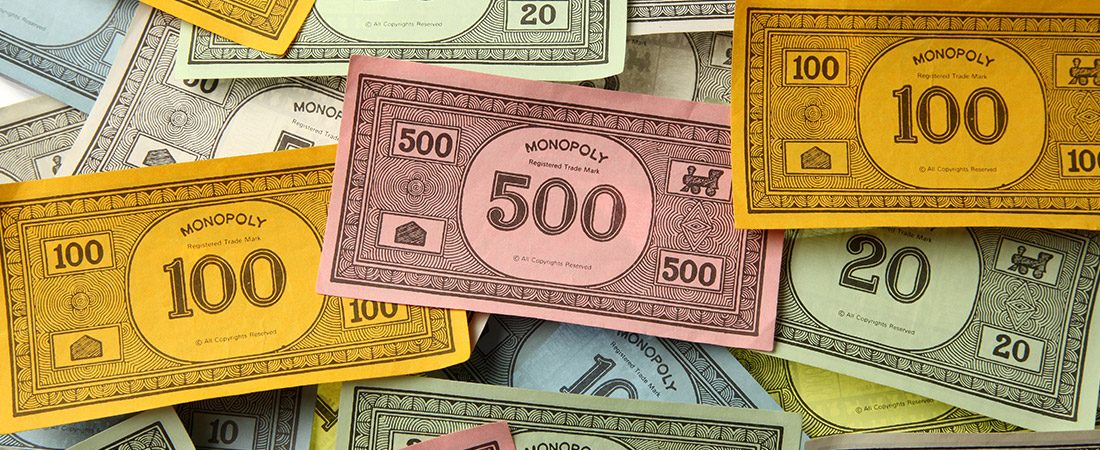Apr 30, 2018
What’s a Monopoly? It’s All About Competition
Do not pass go, read this key business definition now.

In the game of Monopoly, you win when you take control of all the properties on the board.
In the business world, a monopoly is when one company, or group of companies, controls production or sales in an entire market or sector.
Why are monopolies bad for consumers?
When one company controls an entire market or sector, it gets to set prices with little or no competition from other businesses. Robust competition is a vital component of keeping prices affordable for consumers. Competition is also vital for smaller companies to develop and thrive.
Who decides when something is a monopoly?
The FTC and the Department of Justice (DOJ) are the two main agencies that weigh in about potential mergers, and whether they violate antitrust laws. The FTC is a regulatory body that can bring enforcement actions companies and individuals. The DOJ enforces those actions in the federal courts.
Penalties for violating antitrust laws can include millions of dollars in fines, as well as jail time.
Examples of monopolies
There are two primary types of monopolies. The first, called a vertical monopoly, is when companies in different industries combine to control products and services in a single supply chain. The combined companies then own the entire manufacturing and distribution process. For example, a large car company might acquire an auto parts manufacturer, to get pricing benefits. A flour company might acquire the farms producing wheat, and the stores that sell the flour. There’s nothing wrong with such an arrangement, in and of itself. But it could be problematic if the companies involved get large and start edging out competitors.
One of the most famous vertical monopolies was American Telephone & Telegraph (AT&T), also known as the Bell System. The telephone monopoly, which produced the national telephone network and all the products that could be attached to it, was broken up into eight separate companies in 1982.
The second type of monopoly is called a horizontal monopoly, which is when companies in the same industry merge. Two banks might consider combining, for example. Or two energy companies that produce petroleum. The more roll-ups like this that happen in a single industry, the fewer choices consumers have between products.
Standard Oil, John D. Rockefeller’s oil company, was considered a horizontal monopoly. It was broken up in 1911, into 34 different companies.
Aren’t there laws against monopolies?
The U.S. created strong anti-monopoly laws, sometimes referred to as antitrust laws, starting in the 19th century. There are three primary laws.
The first law, passed in 1890, is called the Sherman Act, which essentially outlaws monopolistic and anti-competitive practices by corporations. Congress soon followed up with the Federal Trade Commission Act, which created the Federal Trade Commission (FTC), and regulates against anticompetitive, deceptive, and unfair business practices.
A further law, called the Clayton Act, deals with anti-competitive pricing and allows trade unions to organize to prevent monopolistic mergers.
Related Articles

15 Largest AI Companies in 2024

The 12 Largest Cannabis Companies in 2024

What Is a Traditional IRA?

Saving vs. Investing: 2 Ways to Reach Your Financial Goals

How To Invest in the S&P 500: A Beginner’s Guide for 2024

Stock Market Holidays 2024





